
Tell your friends about this item:
Pygmalion
Bernard Shaw
Ordered from remote warehouse
Also available as:
- Paperback Book (2018) A$ 21.99
- Paperback Book (2016) A$ 21.99
- Paperback Book (2018) A$ 21.99
- Paperback Book (2018) A$ 22.49
- Paperback Book (2015) A$ 23.49
- Paperback Book (2014) A$ 23.49
- Paperback Book (2016) A$ 25.49
- Paperback Book (2014) A$ 25.99
- Paperback Book (2018) A$ 25.99
- Paperback Book (2016) A$ 26.49
- Paperback Book (2015) A$ 26.49
- Paperback Book (2012) A$ 27.49
- Paperback Book (2018) A$ 28.99
- Paperback Book (2018) A$ 28.99
- Paperback Book (2017) A$ 29.49
- Paperback Book (2020) A$ 31.49
- Paperback Book (2020) A$ 31.49
- Paperback Book (2020) A$ 31.49
- Paperback Book (2020) A$ 31.49
- Paperback Book (2020) A$ 31.49
- Paperback Book (2020) A$ 31.49
- Paperback Book (2020) A$ 31.49
- Paperback Book (2020) A$ 31.49
- Paperback Book (2020) A$ 31.49
- Paperback Book (2020) A$ 31.49
Pygmalion
Bernard Shaw
Pygmalion is a play by George Bernard Shaw, named after a Greek mythological character. It was first presented on stage to the public in 1913. Professor of phonetics Henry Higgins makes a bet that he can train a bedraggled Cockney flower girl, Eliza Doolittle, to pass for a duchess at an ambassador's garden party by teaching her to assume a veneer of gentility, the most important element of which, he believes, is impeccable speech. The play is a sharp lampoon of the rigid British class system of the day and a commentary on women's independence. In ancient Greek mythology, Pygmalion fell in love with one of his sculptures, which then came to life. The general idea of that myth was a popular subject for Victorian era English playwrights, including one of Shaw's influences, W. S. Gilbert, who wrote a successful play based on the story called Pygmalion and Galatea first presented in 1871. Shaw would also have been familiar with the burlesque version, Galatea, or Pygmalion Reversed. Shaw's play has been adapted numerous times, most notably as the musical My Fair Lady and the film of that name. Shaw was conscious of the difficulties involved in staging a complete representation of the play. Acknowledging in a "note for technicians" that such a thing would only be possible "on the cinema screen or on stages furnished with exceptionally elaborate machinery", he marked some scenes as candidates for omission if necessary. Of these, a short scene at the end of Act One in which Eliza goes home, and a scene in Act Two in which Eliza is unwilling to undress for her bath, are not described here. The others are the scene at the Embassy Ball in Act Three and the scene with Eliza and Freddy in Act Four. Neither the Gutenberg edition referenced throughout this page nor the Wikisource text linked below contain these sequences.
| Media | Books Paperback Book (Book with soft cover and glued back) |
| Released | September 2, 2016 |
| ISBN13 | 9781535290654 |
| Publishers | Createspace Independent Publishing Platf |
| Pages | 62 |
| Dimensions | 152 × 229 × 3 mm · 95 g |
| Language | English |
More by Bernard Shaw
More from this series
See all of Bernard Shaw ( e.g. Paperback Book , Hardcover Book , Book , CD and Audiobook (CD) )






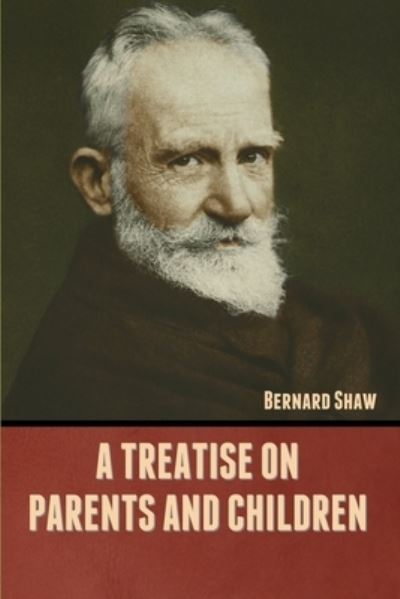
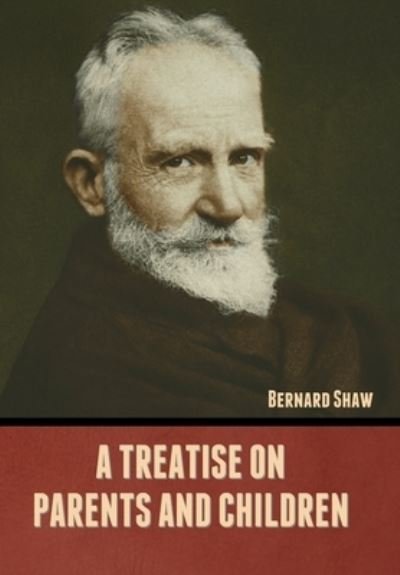
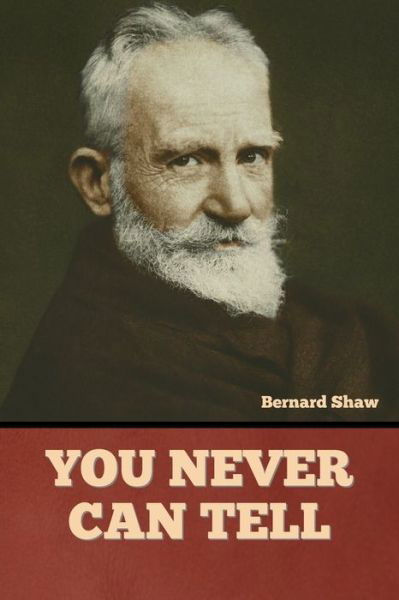
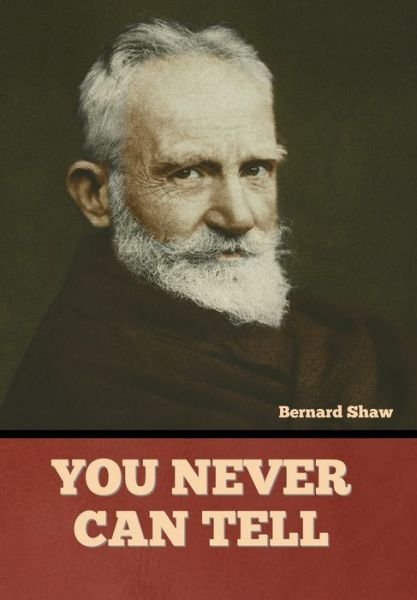


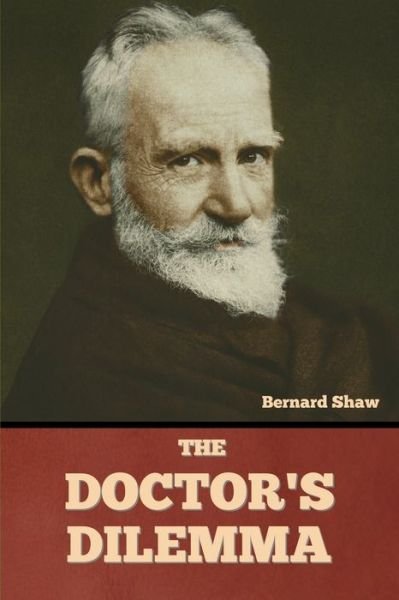


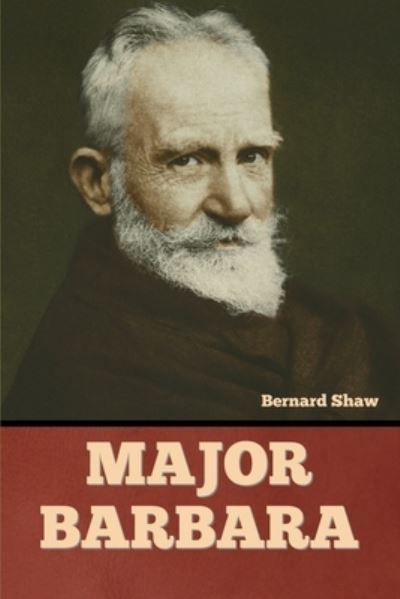

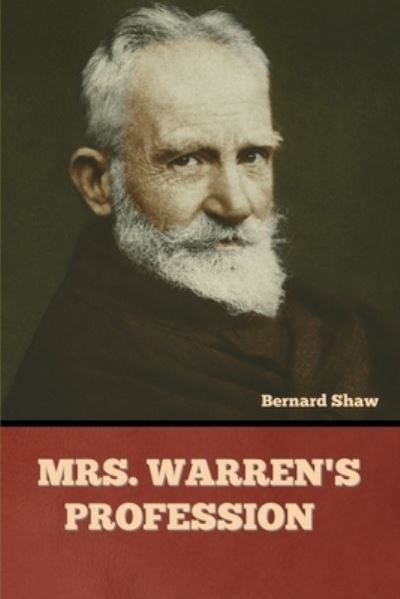
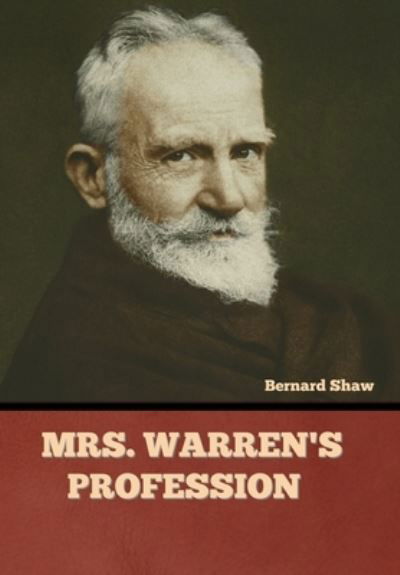
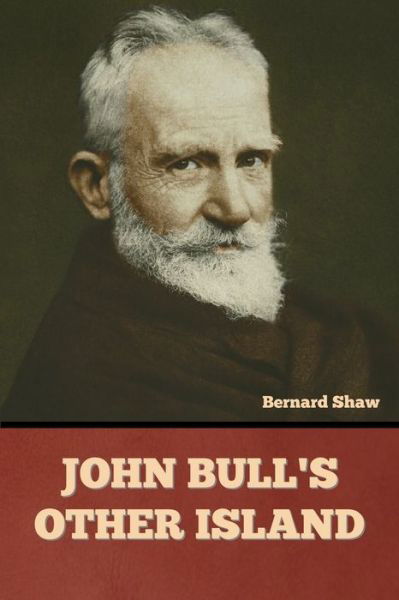
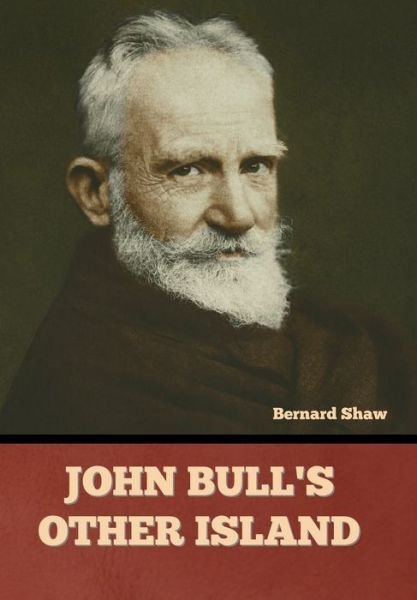
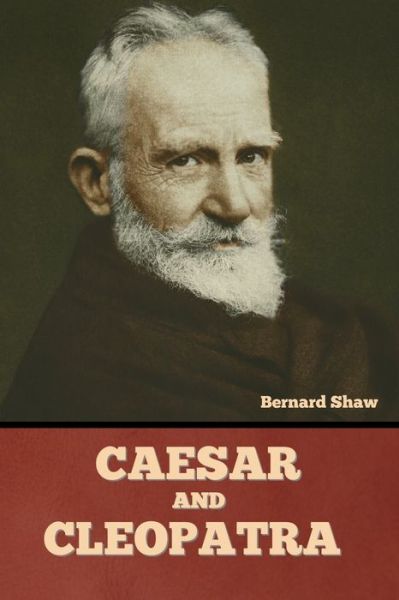
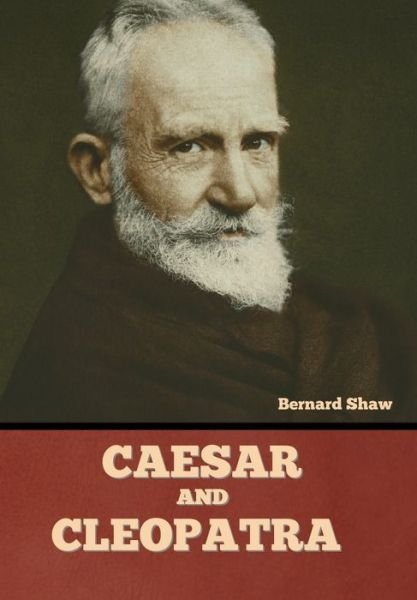

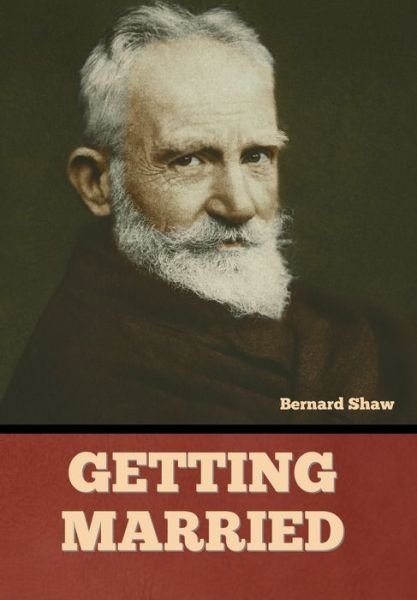





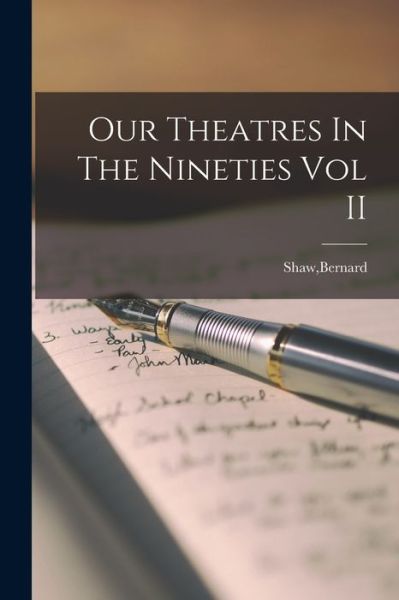



![Cover for Bernard Shaw · Pygmalion - NEW LONGMAN LITERATURE 14-18 (Paperback Book) [1 New edition] (1991)](https://imusic.b-cdn.net/images/item/original/159/9780582060159.jpg?bernard-shaw-1991-pygmalion-new-longman-literature-14-18-paperback-book&class=scaled&v=1399457897)



![Cover for Bernard Shaw · Pygmalion: A brand new BBC Radio 4 drama plus the story of the play's scandalous opening night (Audiobook (CD)) [Unabridged edition] (2018)](https://imusic.b-cdn.net/images/item/original/529/9781787531529.jpg?bernard-shaw-2018-pygmalion-a-brand-new-bbc-radio-4-drama-plus-the-story-of-the-play-s-scandalous-opening-night-audiobook-cd-&class=scaled&v=1534847476)
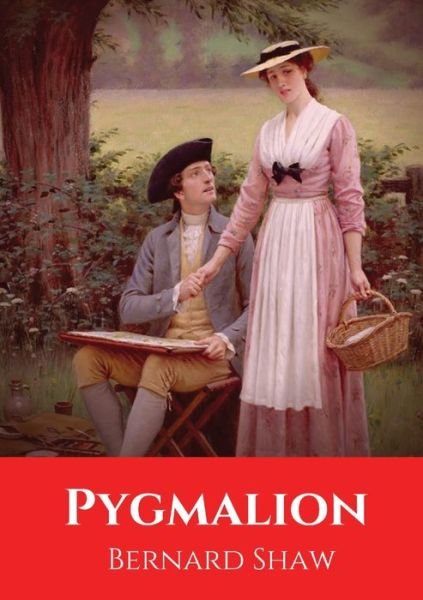
![Cover for Bernard Shaw · Pygmalion alias My Fair Lady: (Paperback Book) [German edition] (2020)](https://imusic.b-cdn.net/images/item/original/323/9798566453323.jpg?bernard-shaw-2020-pygmalion-alias-my-fair-lady-paperback-book&class=scaled&v=1641633711)